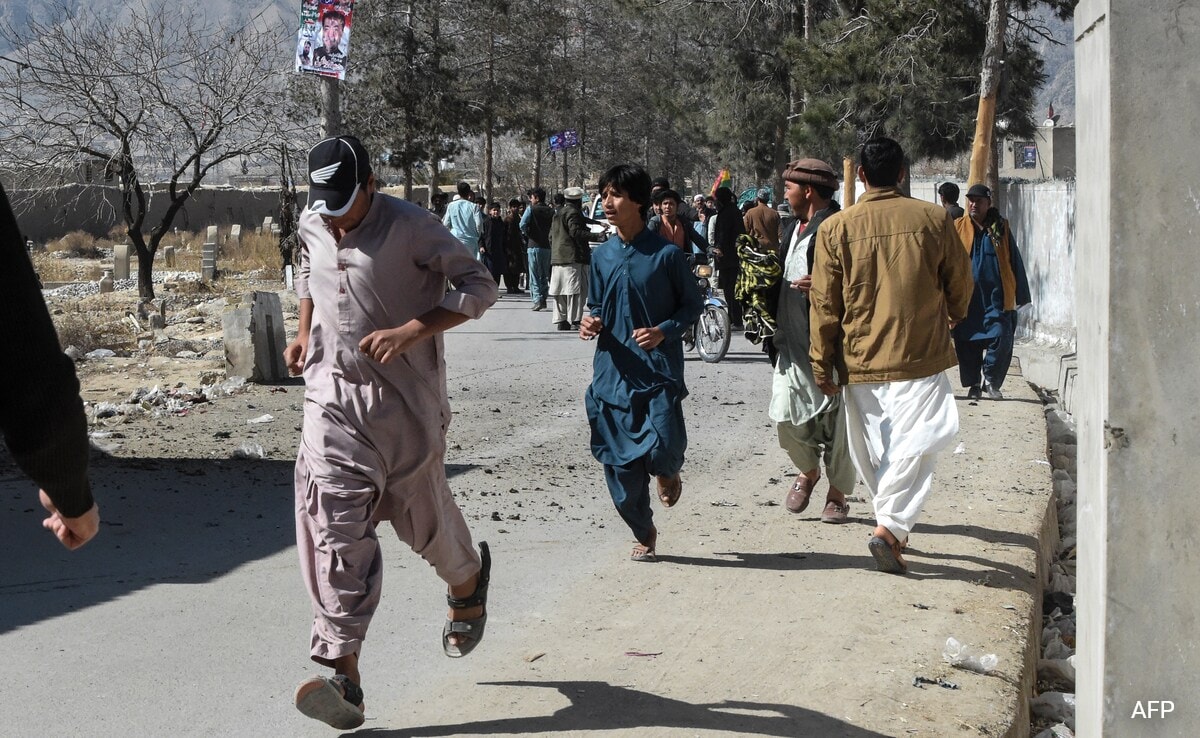
Pakistan’s foreign exchange reserves are approximately $8 billion. (document)
London:
Negotiations with Pakistan’s new government have eased immediate concerns about instability in the nuclear-armed country following last week’s unsuccessful election results, but the risk of a full-blown economic crisis remains.
A $3 billion International Monetary Fund (IMF) program is due to expire next month, and the new government’s first priority is widely expected to be a new, larger program.
Who can the IMF negotiate with?
The largest party, the Pakistan Muslim League-Nawaz (PML-N), on Tuesday won the support of the second-largest party, the Pakistan People’s Party (PPP), and tried to persuade it to form a majority coalition.
The caretaker government in office since August is implementing an International Monetary Fund loan program that was approved in July to help avoid a sovereign debt default. Recent legislation allows it to make decisions on economic matters in the South Asian country and oversee elections. It did not immediately respond to a request for comment on the prospects for a new IMF deal.
How bad is the economic situation?
Pakistan’s foreign exchange reserves are about $8 billion, which can cover only two months of essential import needs, although this is an improvement from $3.1 billion more than a year ago.
Although the country has also received a $700 million capital injection already approved by the International Monetary Fund, paying $1 billion in bonds within two months will further cut spending.
Murtaza Saeed, a former deputy governor of the central bank, said: “Given that Pakistan’s foreign exchange reserves are very low compared with its upcoming huge external debt repayment needs, (joining another IMF program) is inevitable It must be done.” There is no choice.
How much debt is there?
Pakistan’s debt-to-GDP ratio has exceeded 70%, and the International Monetary Fund and credit rating agencies estimate that Pakistan’s debt interest payments will account for 50% and 60% of government revenue this year. This is the worst ratio of any economy of any size in the world.
Analyst firm Tellimer said the country’s problem is mainly domestic debt, which accounts for about 60% of its debt stock and 85% of its interest burden. Pakistan’s external debt stock (mainly denominated in US dollars) is also heavily skewed towards bilateral and multilateral creditors, accounting for approximately 85% of the total.
Bond debt accounts for only 8% of the external debt stock and 3.4% of total public debt. This figure pales in comparison to Pakistan’s total debt to China, which is nearly 13%. China has loaned money to Pakistan for years for infrastructure projects and other types of spending.
How does it affect the population?
Increases in taxes and gas tariffs, as well as a sharp depreciation of the rupee, caused inflation to rise by nearly 30% year-on-year. Economists predict it is expected to fall later this year but remain well above the central bank’s 5-7% target for some time.
The rupee is also expected to fall further. For context, the latest IMF staff report has an implied exchange rate of 305 rupees to the dollar in the current fiscal year and 331 rupees to the dollar in fiscal 2024/25, a level that is about 8% below current rates. % and 15%.
(Except for the headline, this story has not been edited by NDTV staff and is published from a syndicated feed.)
Follow us on Google news ,Twitter , and Join Whatsapp Group of thelocalreport.in

